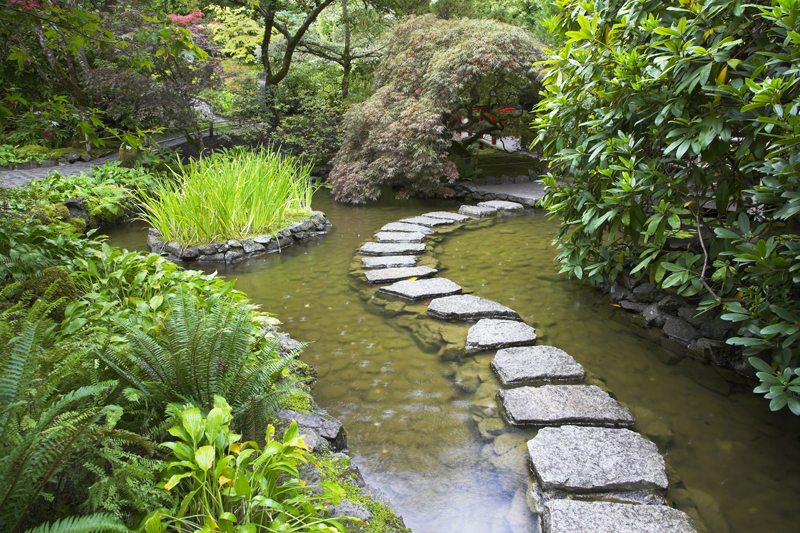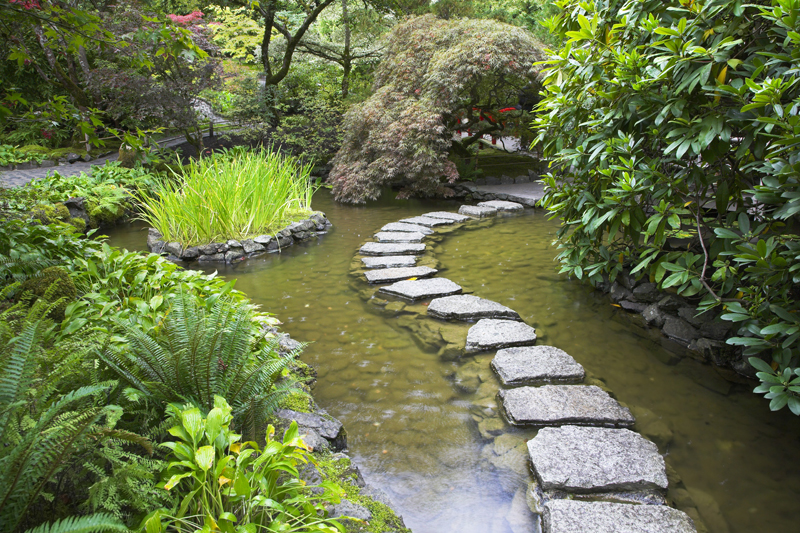Some Grape Hyacinths for Pollinator Gardens

A number of grape hyacinth species are in cultivation. Here are details on three species for pollinator gardens.
Azure grape hyacinth
This species is native to the Mediterranean region. It is an excellent choice for rock gardens. The plant is hardy to zone four.
It does best in part shade and prefers a well drained soil. Plant these bulbs two to three inches deep.
This plant features channeled, greenish-blue foliage. This bulb blooms in March. The flowers are three to eight inches in height. These blossoms are sweetly scented.
They are soft blue and appear on short spikes that are less than ½ inch tall. The blooms open in short dense clusters. These flowers are an excellent source of nectar and pollen.
Common Grape Hyacinth
This bulb prefers full sun. It does well in most any well drained soil. These bubs should be planted three inches deep.
Flowering takes place in March and April. The blossoms are typically blue. They are a good source of nectar and pollen for pollinators.
These flowers form clusters that resemble clusters of grapes. The flower spikes are six to eight inches in height.
The blooms of the species will be blue and white. However, there is a variety with pure white blooms.
Armenian grape hyacinth
This is one of the best grape hyacinths for pollinators because the blossoms are so very rich in pollen and nectar. It also happens to be an extremely popular spring flowering bulb. This is suited to zones four through ten.
Native to Asia Minor and the Mediterranean, this species is typically eight inches or so in height. The underside of the leaves are deep green.
Armenian grape hyacinth is by far the most widely grown species of grape hyacinth. The small, lance-like foliage is only ¼ inch wide. This has a channel at the base. The leaves appear in the fall and remains present throughout the winter.
Flowering can last for up to two weeks, and mostly takes place in April. The blooms are borne in clusters on dense pyramidal, terminal racemes. Six inches tall, the flowers of this species have touches of white on the edges with the rest of the blooms being dark blue.
There can be forty or so blooms per cluster. The specific flower color can vary according to the variety, but it is often some shade of blue.
Azure grape hyacinth
This species is native to the Mediterranean region. It is an excellent choice for rock gardens. The plant is hardy to zone four.
It does best in part shade and prefers a well drained soil. Plant these bulbs two to three inches deep.
This plant features channeled, greenish-blue foliage. This bulb blooms in March. The flowers are three to eight inches in height. These blossoms are sweetly scented.
They are soft blue and appear on short spikes that are less than ½ inch tall. The blooms open in short dense clusters. These flowers are an excellent source of nectar and pollen.
Common Grape Hyacinth
This bulb prefers full sun. It does well in most any well drained soil. These bubs should be planted three inches deep.
Flowering takes place in March and April. The blossoms are typically blue. They are a good source of nectar and pollen for pollinators.
These flowers form clusters that resemble clusters of grapes. The flower spikes are six to eight inches in height.
The blooms of the species will be blue and white. However, there is a variety with pure white blooms.
Armenian grape hyacinth
This is one of the best grape hyacinths for pollinators because the blossoms are so very rich in pollen and nectar. It also happens to be an extremely popular spring flowering bulb. This is suited to zones four through ten.
Native to Asia Minor and the Mediterranean, this species is typically eight inches or so in height. The underside of the leaves are deep green.
Armenian grape hyacinth is by far the most widely grown species of grape hyacinth. The small, lance-like foliage is only ¼ inch wide. This has a channel at the base. The leaves appear in the fall and remains present throughout the winter.
Flowering can last for up to two weeks, and mostly takes place in April. The blooms are borne in clusters on dense pyramidal, terminal racemes. Six inches tall, the flowers of this species have touches of white on the edges with the rest of the blooms being dark blue.
There can be forty or so blooms per cluster. The specific flower color can vary according to the variety, but it is often some shade of blue.

Related Articles
Editor's Picks Articles
Top Ten Articles
Previous Features
Site Map
Content copyright © 2023 by Connie Krochmal. All rights reserved.
This content was written by Connie Krochmal. If you wish to use this content in any manner, you need written permission. Contact Connie Krochmal for details.



